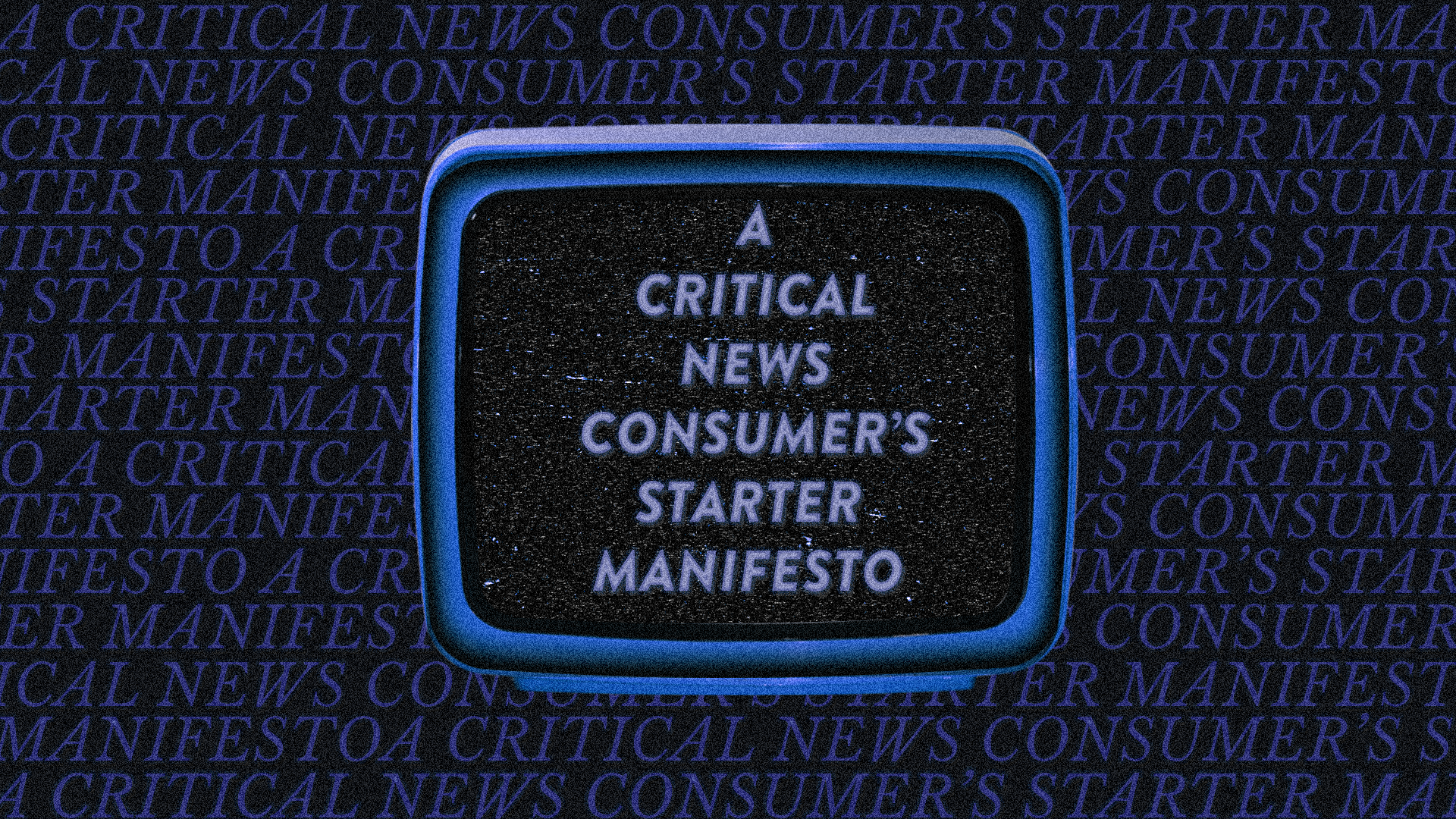Overtime Compensation
Workers working beyond the stipulated hours, that is, 9 hours a day and 48 hours a week are guaranteed an overtime compensation of 200% of their normal wages.
Employment Contract
An employment contract may contain details about the term of the contract, pay and so on. This assures the services of the worker to the employer and cements the terms of the job to the worker.
Notice Requirement
The employer is required to give the worker a notice of termination and severence pay before terminating their contract and firing them.
Work Injury Benefits
The worker is covered under a health and accident insurance that covers expenses for accidents that may occur during work.
Paid Leaves
The worker is allowed to take a certain number leaves that are earned after working for a certain number of days. They do not suffer a loss of pay on such days.
Sick Leaves
The worker is allowed to take leaves on days that they are sick. They do not suffer a loss of pay on such days.
Minimum Guaranteed Pay
The worker is guaranteed a minimum compensation in accordance with the legislation in their state.
Dependents’ & Survivors’ Benefit
Families or dependents of the worker are assured some benefits should the worker get permanently disabled or die during the course of employement.
Employment Status
The central or state governments recognizes the worker as an employee and hence grant them all rights as are applicable to other workers.legislation.
Health and Safety
The employer has to ensure the health, safety and welfare of all the workers while they are at work.










